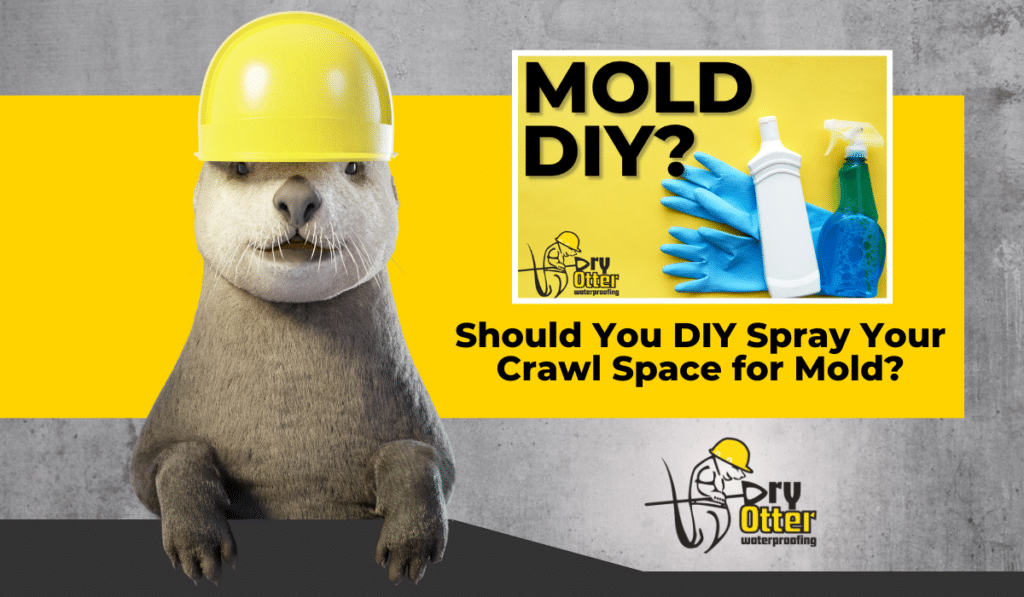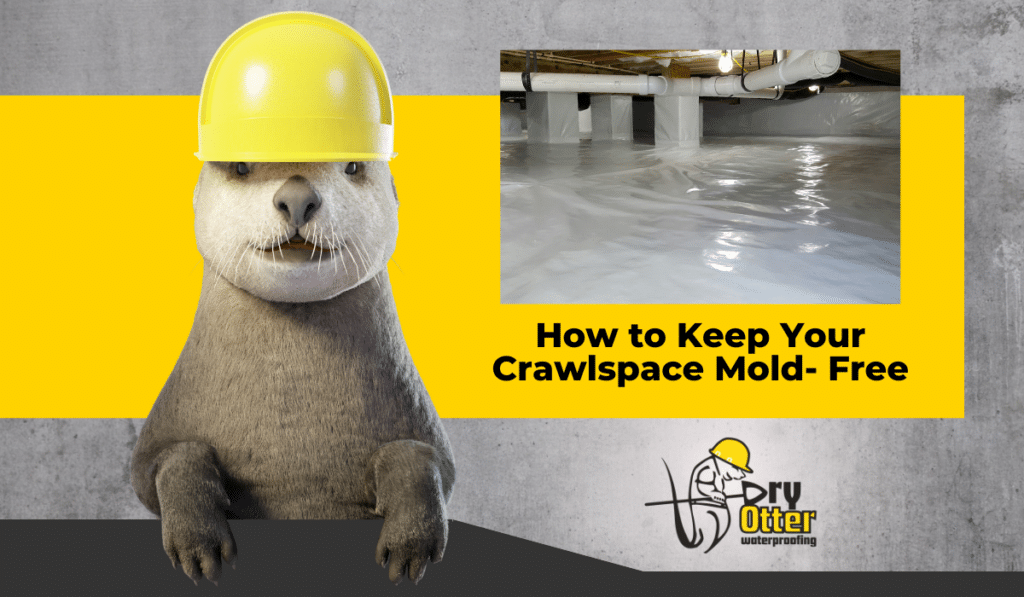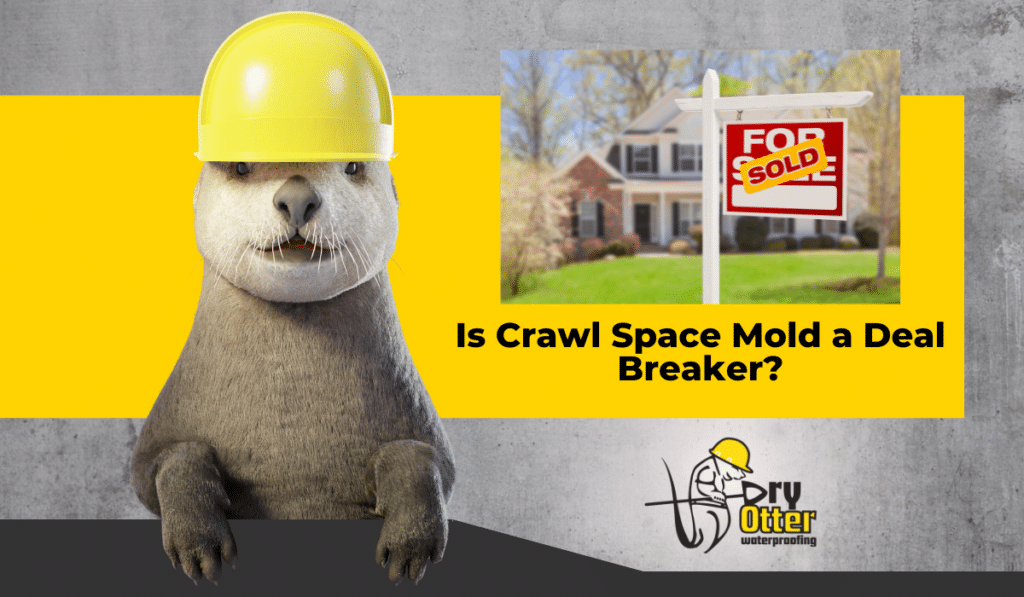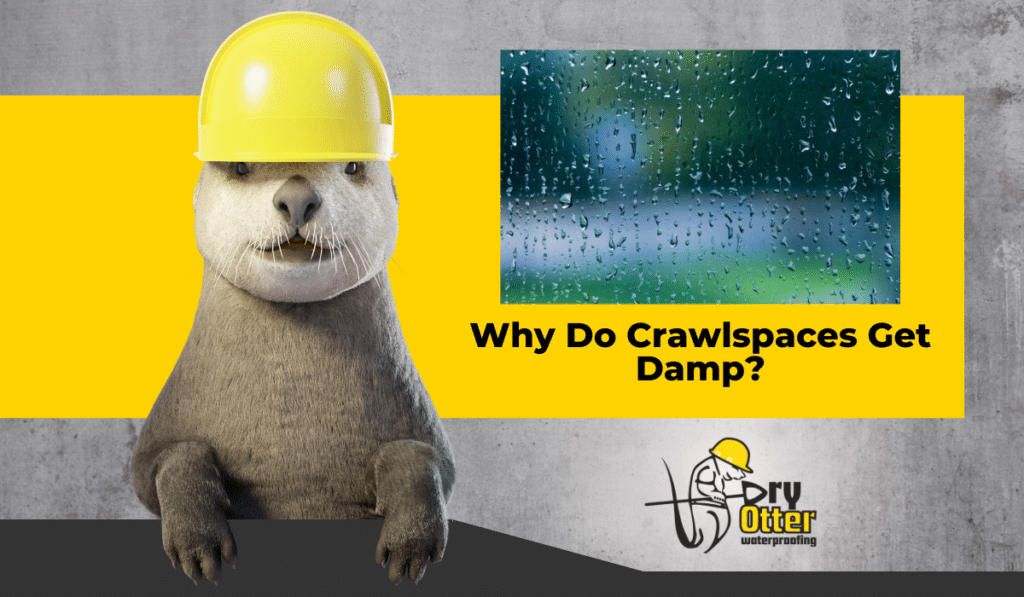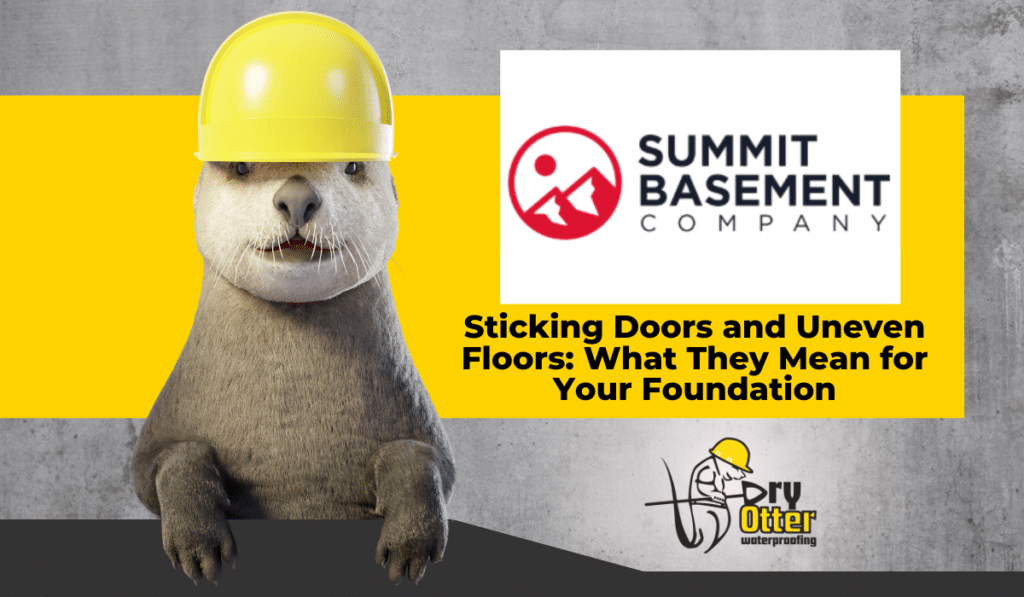This blog is guest written by Jeremy Hodge, owner of Copper Fox Foundation Solutions in Virginia, a fellow Basement Health Association member.
When basement walls start to bow, crack, or lean due to hydrostatic pressure, soil movement, or structural aging, it’s crucial to stabilize them before more significant damage occurs. Here’s a closer look at each option and when they are most appropriate:
Carbon Fiber Straps
Carbon fiber straps are an excellent solution for minor to moderate bowing (typically less than 2 inches of deflection). These ultra-strong, low-profile straps are bonded directly to the wall, providing incredible tensile strength without the need for major structural alterations. Ideal for poured concrete or block walls with early-stage movement, carbon fiber straps are almost invisible after installation and can be easily painted over for a clean finish. If your wall is bowing less than 2 inches and showing hairline to moderate horizontal cracking, carbon fiber is often the most cost-effective and least invasive solution.
Fortress Invisible Beam System
The Fortress Invisible Beam takes stabilization a step further, providing hidden reinforcement for more pronounced wall movement (between 2 and 4 inches of bowing). Using high-strength materials embedded within the wall structure itself, the Invisible Beam system offers a sleek, concealed finish while restoring significant structural integrity. This system is perfect for homeowners wanting both performance and aesthetics — particularly when a long-term, concealed solution is desired for walls showing moderate to advanced bowing or step-cracking patterns without complete displacement.
Tension Brackets with 4-Inch Steel I-Beams
For severe cases of wall failure (over 4 inches of bowing, severe leaning, or major cracking), our tension bracket system using heavy-duty 4-inch steel I-beams is the most robust solution. These beams are anchored to both the foundation floor and the ceiling joists using tension brackets, offering powerful, adjustable stabilization. If the wall movement is significant or ongoing, or if there’s evidence of wall shear (where the bottom row of blocks shifts inward), steel beam reinforcement ensures long-term safety and the potential for gradual wall correction over time.
Choosing the Right Solution
Selecting the right wall stabilization method depends on the severity and type of wall movement. Here’s a quick guide:
- Bowing less than 2 inches: Carbon Fiber Straps
- Bowing between 2–4 inches: Fortress Invisible Beam
- Bowing over 4 inches, leaning, or shear displacement: Tension Brackets with 4-inch Steel I-Beams
If you’re noticing any signs of wall movement, it’s crucial to have an expert assessment to ensure you choose the most effective and lasting solution.
Dry Otter Waterproofing is happy to serve local homeowners suffering from small basement cracks with Carbon Fiber Straps as a premium waterproofing solution. For a free basement inspection, be sure to contact us.


